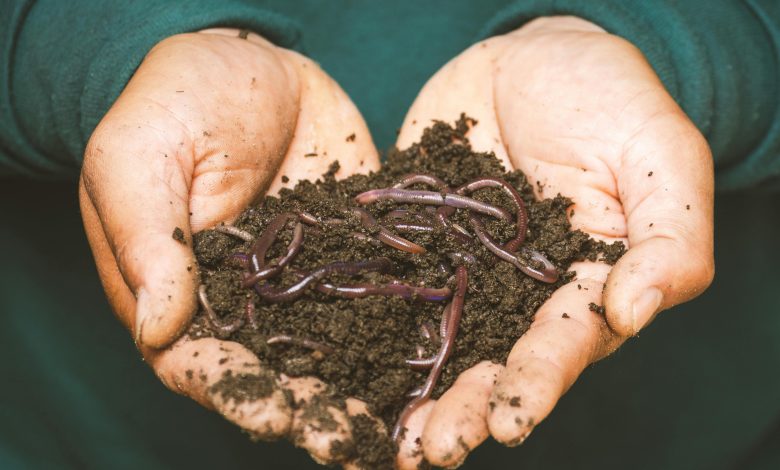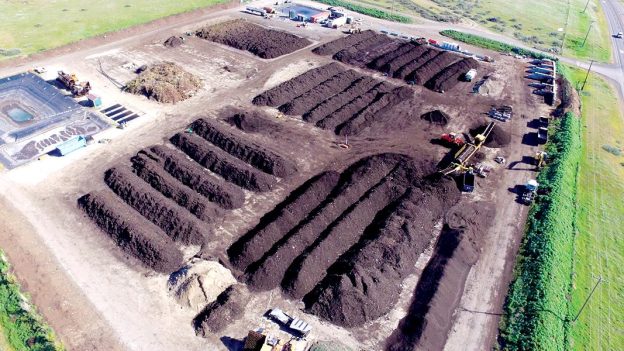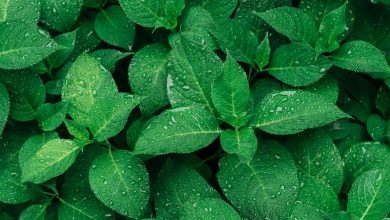Vermicomposting: Nature’s Recyclers at Work

Vermicomposting is an eco-friendly process that harnesses the power of nature’s recyclers like earthworms – to transform organic waste into nutrient-rich compost.
It is the process of using specific species of worms, typically red wigglers (Eisenia fetida) or European nightcrawlers (Eisenia hortensis), to break down organic matter into organic manure.
These worms consume food scraps, paper, and other biodegradable materials, passing them through their digestive systems to produce worm castings—a dark, rich substance often referred to as “black gold” by gardening enthusiasts.
Vermicompost contains water-soluble nutrients, which can be extracted as vermiwash.
It is an excellent, nutrient-rich organic fertilizer and soil conditioner, used in gardening and sustainable, organic farming.Vermicompost contains water-soluble nutrients, which can be extracted as vermiwash.
It is an excellent, nutrient-rich organic fertilizer and soil conditioner, used in gardening and sustainable, organic farming.
Significant contributions from researchers like Dr. Clive Edwards in the 1970s and 1980s have helped us understand the process.
Large Scale, Commercial and Industrial Vermicomposting
Countries like India, Canada, Italy, Japan, Malaysia, the Philippines, and the United States practice large scale Vermicomposting to meet the demand for organic manure and worms.
The worms and the compost will be used for applications in farming or sold as products themselves.
There are two types of vermicomposting used on a commercial scale.
The Windrow method, one of the two main methods of large-scale vermicomposting, offers several benefits.
It uses a large bin of bedding materials for the earthworms to live in, with organic material added.
Despite the lack of physical barriers to prevent worms from escaping, the abundance of organic matter for them to feed on makes escape unlikely.
Windrows are often used on a concrete surface to prevent predators from gaining access to the worm population.
The Windrow method and compost windrow turners, a significant development in large-scale vermicomposting, were pioneered by Fletcher Sims Jr. of the Compost Corporation in Canyon, Texas.
His Windrow Composting system is a sustainable, cost-efficient way for farmers to manage dairy waste.
The second type of large-scale vermicomposting system is the Raised bed or Flow-through system.
Here, the worms are fed an inch of “worm chow” across the top of the bed, and an inch of castings are harvested from below by pulling a breaker bar across the large mesh screen that forms the base of the bed.
Because red worms are surface dwellers constantly moving toward the new food source, the flow-through system eliminates the need to separate worms from the castings before packaging. Flow-through systems are well suited to indoor facilities, making them the preferred choice for operations in colder climates.






